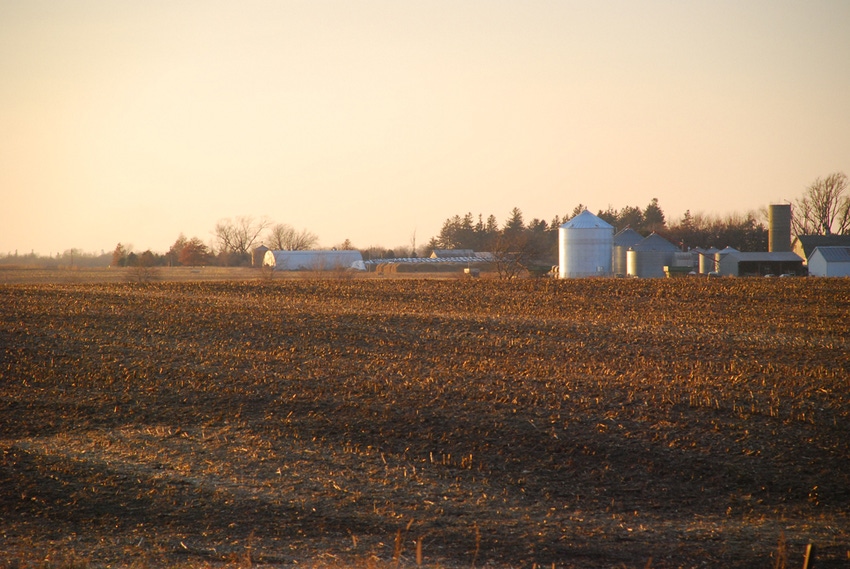October 5, 2010

Fall herbicide applications are becoming a common practice for Illinois farmers. Recent interest has focused on applying herbicides after fall harvest to control winter annual weed species, such as common chickweed, henbit and various mustard species.
“Winter annual species can create dense mats of vegetation prior to spring planting if not controlled before the onset of winter,” says Aaron Hager, University of Illinois Extension weed specialist. “Applying a herbicide in the fall to control these weeds and prevent them from producing seeds are important objectives of fall herbicide applications.”
Before rushing into fall herbicide applications, Hager offers a few suggestions.
“Scout fields before making any application to determine what weeds are present and if their densities are high enough to warrant treatment this fall,” he says. “Given the wide range of precipitation across the state, I suspect emergence of some winter annuals might be reduced in dry areas compared with areas where late-summer and fall precipitation was higher.”
Many herbicides are not labeled for fall application so check labels first. For example, Atrazine is widely used before and after corn emergence, but is not labeled for fall application. Some herbicides approved for fall application have application timing and geographical restrictions. Before applying a treatment that does not possess much soil-residual activity (for example, 2,4-D or glyphosate), schedule the application to occur after the majority of winter annual species have emerged.
“Instead of applying such a treatment in early October, a mid- to late-October application might provide better results,” Hager says. “On the other hand, if your fall application will include a herbicide with soil-residual activity, then the application could be made sooner.”
Combinations of one or more herbicides can broaden the weed control spectrum, which can become quite valuable if winter annuals have emerged before the application is made. Combining 2,4-D and/or glyphosate with soil-residual products can improve control of emerged species and help control biennial or perennial species. Include the appropriate spray additives with all applications.
Application depends on location
In addition, Hager says location in the state can influence fall herbicide applications. Fall applications seem to “fit” better in areas of central and southern Illinois, possibly due to generally milder average winter temperatures as well as earlier resumption of weed growth in the spring.
“Fall applications that include soil-residual herbicides may not always result in a clean field by planting time next spring,” he adds. “Delays in spring field work may allow the fields to green up before the crop can be planted. Additionally, we have found that if we successfully control the suite of winter annual weed species, the emergence of summer annual weed species (such as common lambsquarters and smartweed) sometimes occurs sooner than if the winter annuals were still present.”
Hager does not recommend using a fall herbicide application as an avenue to provide residual control of summer annual weed species. Control of summer annual species, such as waterhemp, is improved when applications of soil-residual herbicides are made closer to planting compared with several weeks (or months) prior to planting. Thus, he recommends selecting an application rate of a soil-residual herbicide that will provide control of winter annuals throughout the remainder of 2010, and do not increase the application rate in hopes of obtaining control of summer annual species next spring.
“With the increasing prevalence of horseweed, including glyphosate-resistant populations, fall herbicide applications may prove more efficacious than spring applications,” Hager says. “Glyphosate alone may not provide adequate control when applied in either fall or spring, but a fall application timing provides an opportunity to utilize higher application rates of products (such as 2,4-D) than are feasible to use in spring.”
You May Also Like




